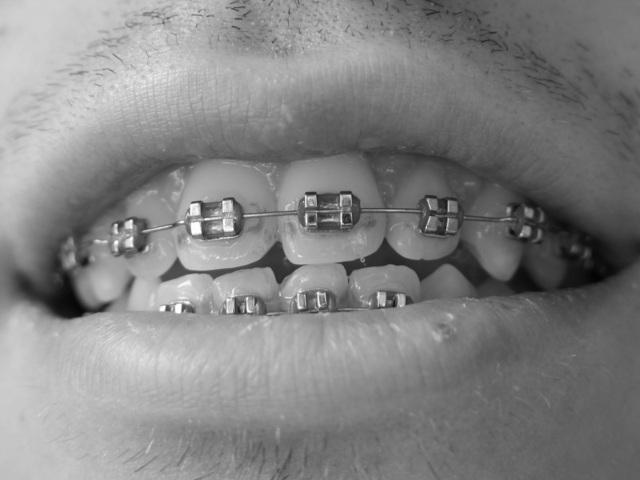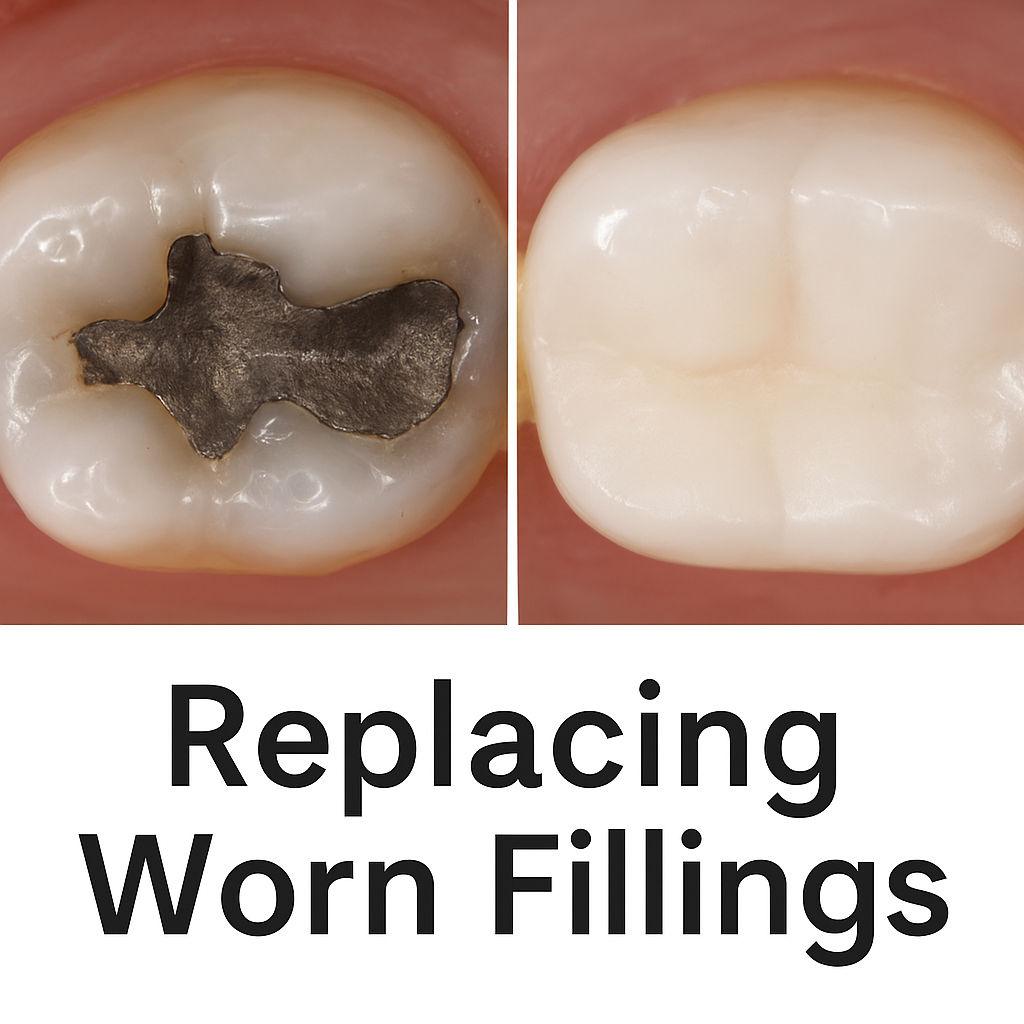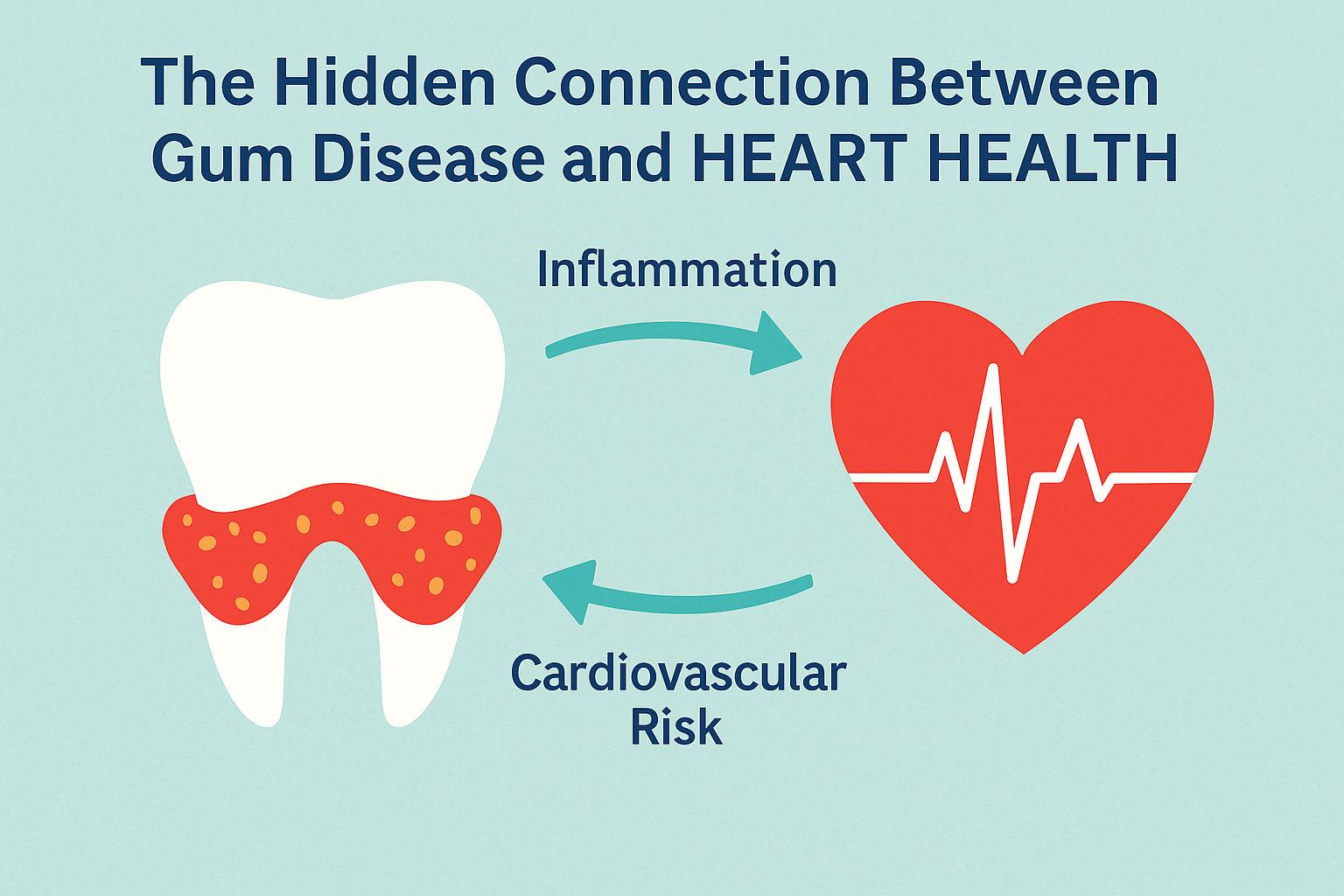Blog highlights:
- Ceramic braces are more expensive and they can chip easily.
- Lingual braces are braces that are placed at the back of your teeth.
- It can be very difficult to talk properly after getting lingual braces installed
- Metal braces are the least expensive and the most commonly used type.
- Invisalign braces are transparent and can barely be seen, they can also be removed during eating for your comfort.
- Invisible braces need to be changed every two weeks until the desired position of the teeth is achieved
Today, there are a lot of people who want have braces so they can get straight, properly positioned teeth. Depending on the condition and the position of your teeth, your dentist might recommend that you use one of the four different kinds of braces.
Dental braces are not just for adolescents, adults with crooked teeth can also ask their dentists if they can have braces as well. As a matter of fact, according to the American Association of Orthodontists, there has been an increase in the number of adults who are getting braces in recent years.
Here are the different types of braces that you can get for your teeth:
1. Ceramic braces
This type is more expensive than its stainless steel counterpart as it is designed to blend-in with the color of your teeth so it will not be too obvious. When using ceramic braces, you can opt to have white metal ties, or clear elastic ties to hold the braces in place.
The braces themselves are resistant to staining, unfortunately, the ties can easily get discolored. This is especially true if you consume a lot of foods or beverages that are known to stain teeth. Your dentist will have to replace the ties whenever he or she will adjust the braces.
Ceramic braces however can easily break, they can take a long time to install, and they need to be carefully maintained. These factors can actually help increase the overall treatment cost.
2. Lingual braces
Lingual braces are unique simply because the braces are installed behind the teeth so that they will not be visible from the outside. These braces are more expensive than ceramic braces because the processes of bonding them properly is quite complicated. Only a skilled orthodontist can install lingual braces properly.
Another setback of this kind of lingual braces is that it is not recommended for individuals who have small teeth. This is because the braces can get in the way of the tongue, and because it can cause injuries, or speech problems. People who have newly installed lingual braces will need to practice speaking properly.
3. Metal braces
This is the least expensive type, and it is also the most common one. These braces are also very visible when installed. The metal braces are designed to hold a thin wire as well as rubber bands in order to add pressure on the teeth so as to move them into the correct position.
This type can actually irritate the user’s gums and cheeks especially during the first few days after installation. Adults who have this kind of braces will have to be careful with what they eat simply because certain foods can easily get stuck in between the braces. Hard foods can also easily dislodge them.
4. Invisible braces
Invisible braces are the most expensive type because they are designed to be transparent. Products like Invisalign are ideal for people who do not have severe misalignment. Although it costs a lot of money, once installed, the user will not have to see the dentist as often as those who have the other types of braces.
Align Technology, the company that manufactures Invisalign braces, say that the treatment cost can reach up to $8000 with an average cost of $5600 nationally without the use of insurance. If insurance is used, the cost is around $2100.
Invisible braces use custom-fitted aligners or rubber trays instead of brackets that are mounted on the teeth. You will wear the aligners all the time except when you need to eat or brush your teeth. You will be asked by your dentist to wear different aligners every two weeks so that your teeth will gradually move to the right place or position.
Discipline is necessary if you want to see positive results, you need to keep in mind that you will have to wear the braces at least 20 hours per day until your teeth has been fixed.
Braces can be very uncomfortable especially when first installed on your teeth or when it is adjusted by the dentist. The discomfort however, is temporary and it will disappear a few days after.









